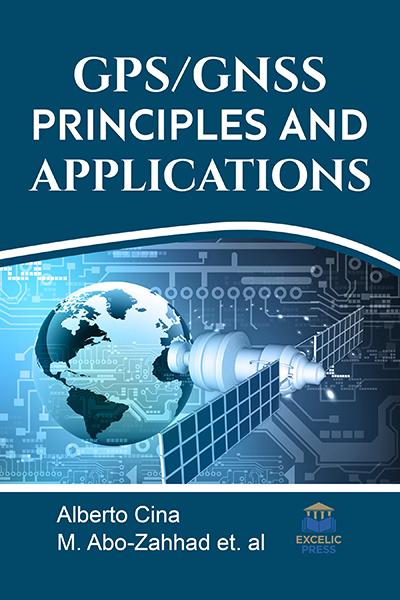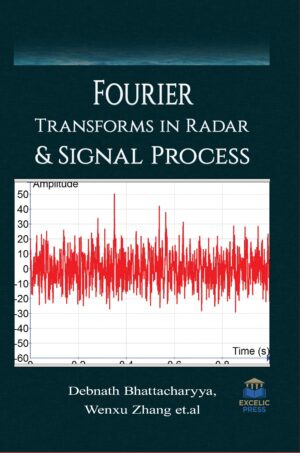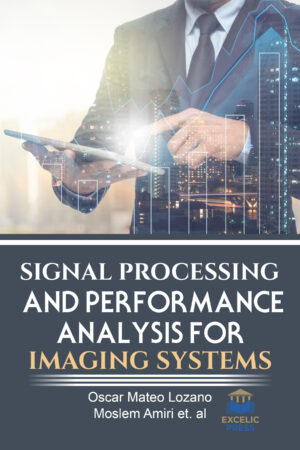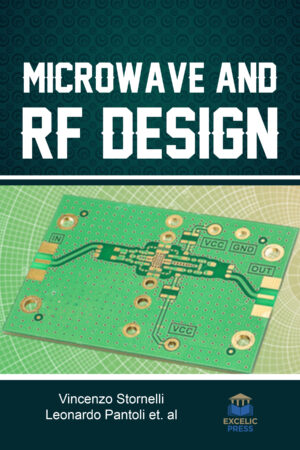Description
Recently, there is an augment curiosity in positioning systems based on Global Navigation Satellite Systems (GNSS) such as Global Positioning System (GPS), cellular network infrastructure or on the amalgamation of the two technologies for an extensive increase of applications such as Automatic Vehicle Location (AVL), tracking systems, navigation, Pedestrian Navigation Systems (PNSs), and intelligent transportation Systems.
The GPS is, a Global Navigation Satellite System (GNSS) developed by the United States Department of Defense, widely recognized as the world’s most accurate method of navigation. The GPS is also well known for precision time signals that synchronize global information network systems utilizing fiber optics, satellites, radio, coaxial cable, and copper wire. Being an embedded technology, the GPS is not generally visible in personal computers, automobiles, surveying equipment, weather tracking systems, military munitions, electronic receivers, and other products incorporating the technology GPS/GNSS: Principles and Applications provides GNSS essentials and an in-depth treatment of advanced topics and all the latest advances in technology, applications, and systems. It addresses the latest developments in GNSS infrastructure, mathematical modeling, algorithmic developments GPS Solutions data analysis, user hardware, and general issues that impact the user community. Readers are guided in the development of new applications and on how to evaluate their performance, covering system design issues and a full range of current and emerging applications of global navigation satellite systems (GNSS) such as GPS, GLONASS, Galileo and various augmentations devoted to novel, innovative, or highly demanding uses. The contributed chapters are written by the entire spectrum of GNSS professionals, including university researchers, scientists, receiver industry GPS Solutions other commercial developers, public officials, and business leaders.
This comprehensive edition will be of valuable guide for GNSS designers, engineers, and scientists as well as the individual who wish to gain deeper information about the subject. “





